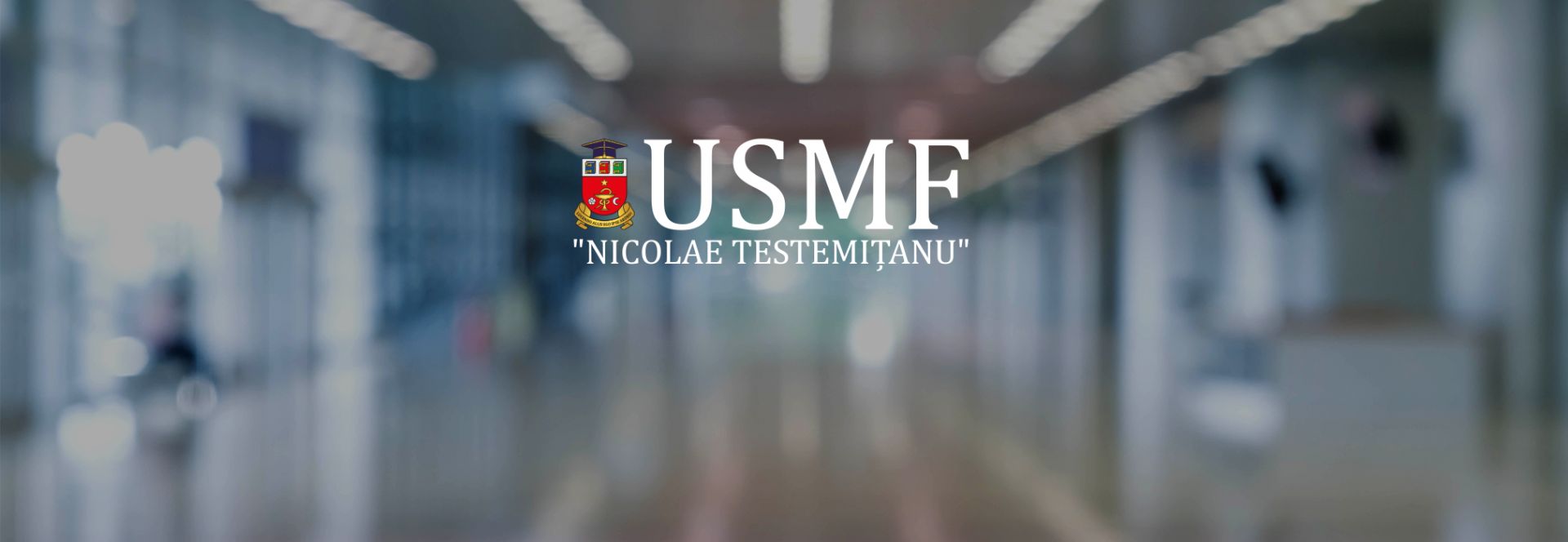Department of Neurology no. 2
The Department of Neurology 2 was founded in March 1995 based on the neurology, neuropediatrics and neurosurgery courses of the State University of Medicine. From the moment of its foundation to the present, the chair is led by the university professor, qualified doctor in medicine, Academician of AS RM Stanislav Groppa.
The main objective of the department's activities is the postgraduate training of neurological and neurosurgical staff. The basic scientific directions are the major emergencies in neurology and neurosurgery: cerebrovascular accident, disorders of consciousness, epilepsy, cranio-cerebral and vertebro-medullary trauma.
The course of neurology and medical genetics was organized in May 1975, being led from the opening until the founding of the chair of doctor of medicine by associate professor Gavril Carabulea, a graduate of the first medical class of the Chisinau Institute of Medicine (1950).
From the same year, doctor of medicine Boris Scurtu, who defended his doctor of medicine thesis in the city of Saint-Petersburg, specializing in neuro-genetics, has been working at the course. Since 1995, doctor of medicine Ion Artemi joined the team. Since 1997, the neuro-surgical part is led by the lecturer, d.ş.m. Julian Glavan. In 1999, lecturers Tudor Botnaru and Boris Ianachevici were transferred to the department. And since 2005, assistants Eremei Zota, d.ş.m., and Sorin Plotnicu were employed.
At the moment, the department has several clinical bases within the IMSP IMU: Neurology ward, BCV Neurology ward, Stroke Unit with Intensive Therapy ward, Epileptology ward, Neurosurgery wards no.1 and no.2; as well as the Department of Neurology and Neurorecovery of the IMSP Municipal Clinical Hospital St. Trinity and the National Center of Epileptology. In these wards, there are seriously ill patients with various neurological emergencies (trauma, cerebro-vascular pathologies, status epilepticus, disturbances of consciousness, comatose states, headaches or acute neurogenic pain, etc.), as well as with chronic neurological pathologies.
Continuing medical education and professional training of neurologists, through Residency and students, as well as fundamental research in the field of emergency medicine, are the basic criteria of working at the Department. Within the department of neurology no. 2, secondary clinical training is carried out in the following specialties: Epileptology and clinical neurophysiology, Interventional Neurology and Neuroimaging.
The didactic process and methodological activity is carried out in optimal conditions of care of the clinical bases of the department. Annually, more than 150 doctors from the republic complete their training and more than 150 residents of the specialties: family medicine, dentistry, traumatology, internal medicine, infectious diseases, etc., complete their studies.
The department's collaborators carry out intense activity in several fields. Simultaneously with the didactic activity, clinical activities are carried out in the departments of neurology and neurosurgery, the visits of the professor and lecturers are carried out, clinical and clinical-anatomical conferences are organized in which the collaborators of the department, the clinic, trainee doctors, resident doctors participate.
The educational system implemented is oriented towards achieving the objectives of continuous medical education of neurologists from the Republic of Moldova and the training of resident doctors in the specialization "Neurology" and "Neurosurgery".
In its activity, the department is based on the beautiful traditions and the history of the courses, which were the basis of its foundation and which were exposed above.
Methods used in the clinic:
Clinical-neurological, clinical-genetic, neurophysiological (standard videoEEG, day and night EEG monitoring, transcranial magnetic stimulation (TMS), transcranial direct electrical stimulation (tDCS) – in collaboration with the Kiel clinic, Germany), neuroimaging (brain MRI/CT ), CT angiography, Doppler/Dupplex), immunogenetics, laboratory (general blood analysis, blood biochemistry, immunobiological tests, lipid profile) assessment of the concentration of the antiepileptic drug in the blood, assessment of homocysteinemia), questionnaire method, special developed sheets, mathematical methods of analysis and statistics, Freesurfer software, EEG.
Equipment:
Video-EEG (Deltamed 2006), Doppler (2004), CT brain, Angiography, MRI, EMG (Dantec), EMG/ NCS/ EP (Natus), Doppler/ Duplex (2009), TMS (2011, 2017), Video- EEG Natus Xltek (2020) and Neurowerk SIGMA Medizin-Technik GmbH (2017).

